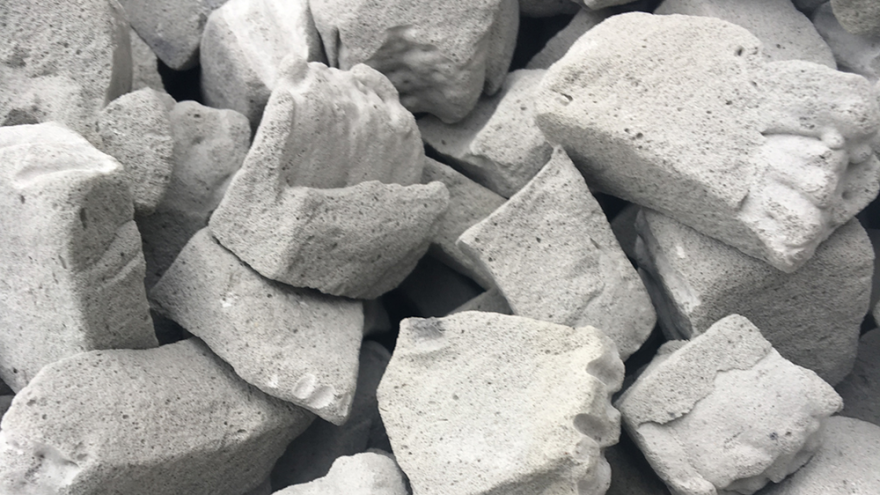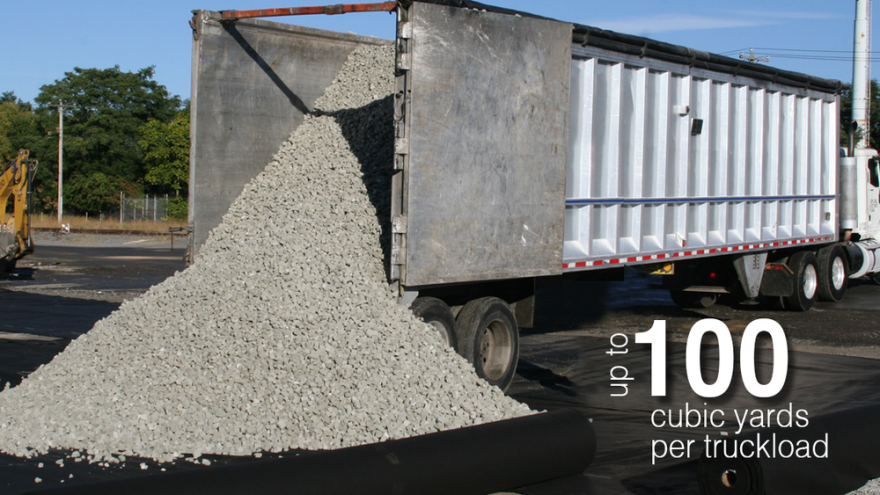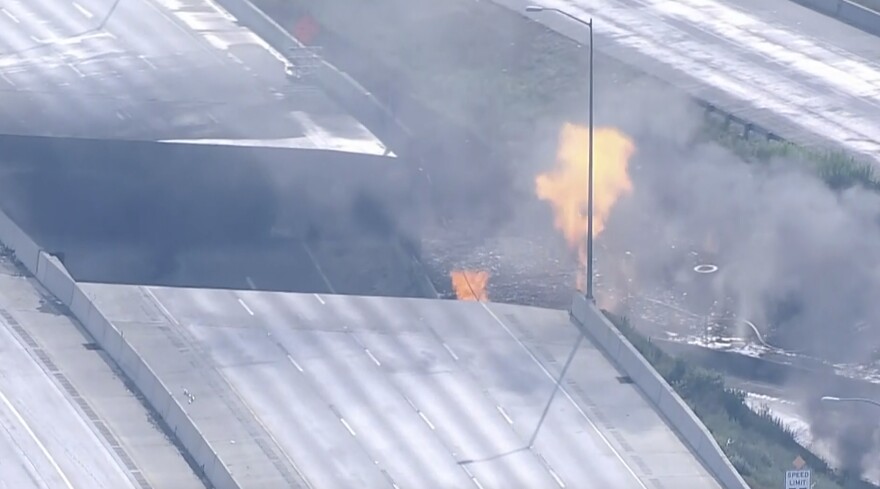BETHLEHEM, Pa. — Gov. Josh Shapiro put the reconstruction of Interstate 95 in Philadelphia front and center on Thursday, launching a livestream of the progress.
“The livestream is here, Pennsylvania,” Shapiro tweeted. “To chart our progress and give everyone a sense of timing, we're launching our 24/7 livestream where you can watch I-95 get rebuilt. Government is working for the good people of Pennsylvania.”
Shapiro noted the camera will be accessible at any time on PennDOT’s website. It’s embedded on a page created specifically for real-time updates and information on I-95, including the latest detour routes and travel information.
The livestream is here, Pennsylvania.
— Governor Josh Shapiro (@GovernorShapiro) June 15, 2023
To chart our progress and give everyone a sense of timing, we're launching our 24/7 livestream where you can watch I-95 get rebuilt.
Government is working for the good people of Pennsylvania. https://t.co/C10d2Z8SCt
The launch of the camera comes as a plan to rebuild the collapsed section of roadway kicks off.
More than 2,000 people were logged on to watch the work being done after the camera went live.
What happened
Investigators still are working to determine how a truck driver lost control of his truck early Sunday on I-95 on an off-ramp to Cottman Avenue.
The truck, which was hauling gasoline, flipped on its side and ignited a massive fire that caused the collapse of the northbound lanes of I-95 and severely damaged the southbound lanes.
Mike Rebert, PennDOT's deputy secretary for highway administration, told LehighValleyNews.com on Wednesday that engineers don't usually design bridges with fires in mind.
As a result, the steel beams used in their decks typically aren't insulated, leaving them exposed should a high-intensity fire occur.
What’s the plan to get traffic flowing again?
“I'm competitive as hell — and we're working around the clock to rebuild and repair I-95,” Shapiro tweeted Wednesday.
Officials said the plan is to truck in 2,000 tons of lightweight glass nuggets, or glass aggregate, to the site and use it to fill in the collapsed area.

That gap — which is roughly 100 feet long and 150 feet wide — will be brought up to surface level and then workers will pave over it so three lanes of traffic can reopen each way, Shapiro said in a news conference.
“This approach will allow us to avoid delays due to shipping and supply chain issues and pursue a simple, quicker path,” Shapiro said.
Eventually, the fill will be removed from the inner section of the roadway, and construction will begin on the inner span.
Traffic will return to four lanes in each direction after all the construction is complete.
When will the temporary roadway open?
Shapiro did not estimate how long it will take to get traffic flowing again. He said only the job would be done “as quickly as possible.”
Demolition of both the northbound and southbound lanes in the overpass was expected to be completed Thursday. Trucks hauling the glass aggregate are expected to arrive immediately after, with a police escort to the site.
It’s estimated it will take about 100 box-truck loads to haul about 10,000 cubic yards of the glass aggregate. Combined, the total weight is about 2,000 tons, officials said.

AeroAggregates of North America is the company supplying the aggregate and has a production site just south of Philadelphia along the Delaware River.
PennDOT said it was the first to use the product after it was first manufactured in 2017, and it’s now approved for use by 23 state transportation departments around the country.
According to the company’s website, the glass aggregates are produced from 99% post-consumer recycled glass.
Information from the Associated Press was used in this report.


